Statistics (STAT-490) Assignment 1: Data Analysis and Interpretation
VerifiedAdded on 2023/04/22
|5
|833
|198
Homework Assignment
AI Summary
This document presents a complete solution to a statistics assignment (STAT-490) for a Pre-MBA student. The assignment focuses on descriptive statistics, starting with the construction of frequency and relative frequency distributions for a dataset of 25 student marks, using 5 classes. A frequency histogram is created to visualize the data. The solution includes the calculation of the mean and standard deviation for the marks, along with a detailed breakdown of the formulas used. Furthermore, the document applies the range rule to estimate the range of student academic performance. Finally, a 95% confidence interval for the average marks is calculated using the z-statistic, providing an estimated range for the students' average academic score, incorporating relevant references to support the calculations and interpretations.
1 out of 5
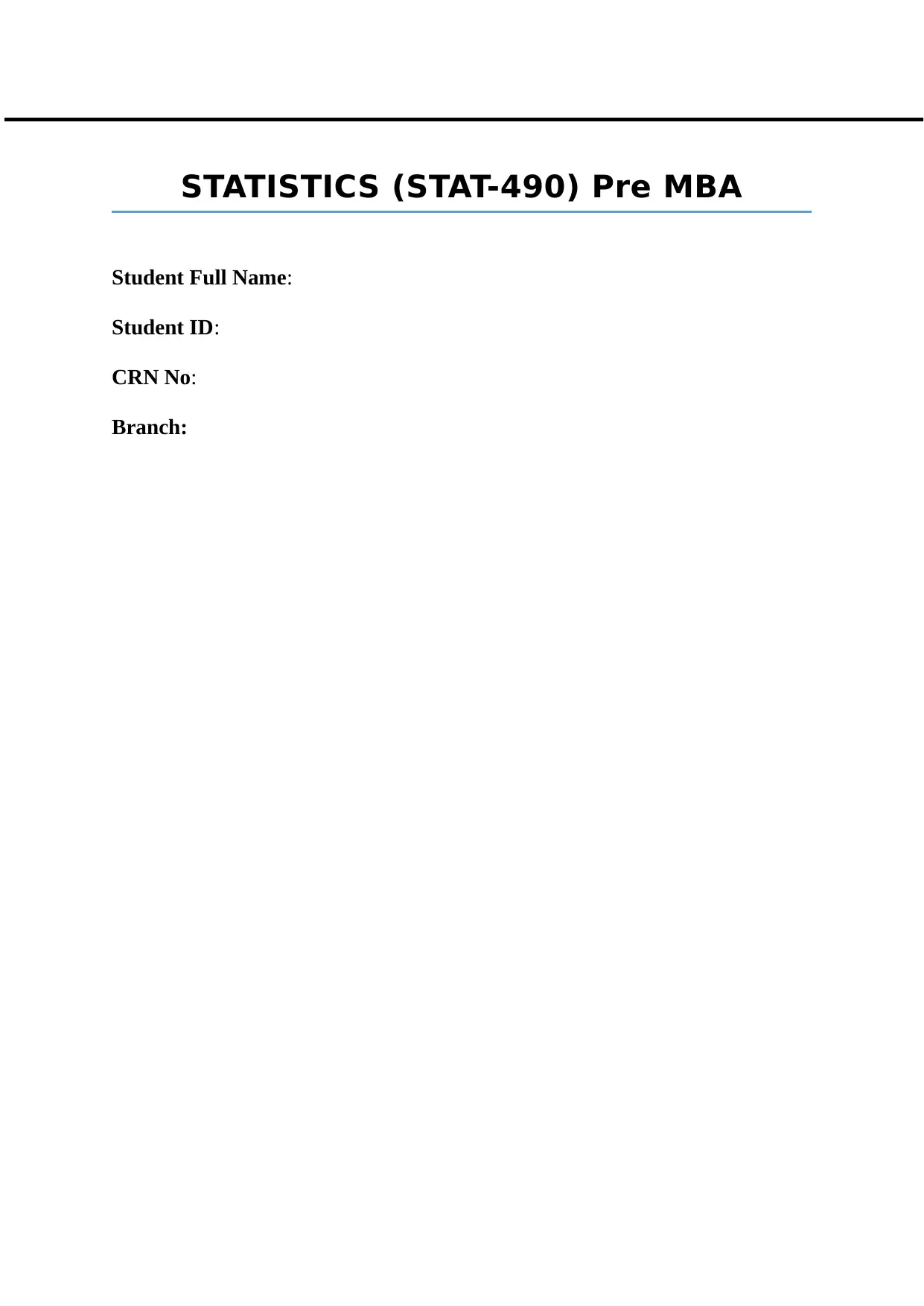
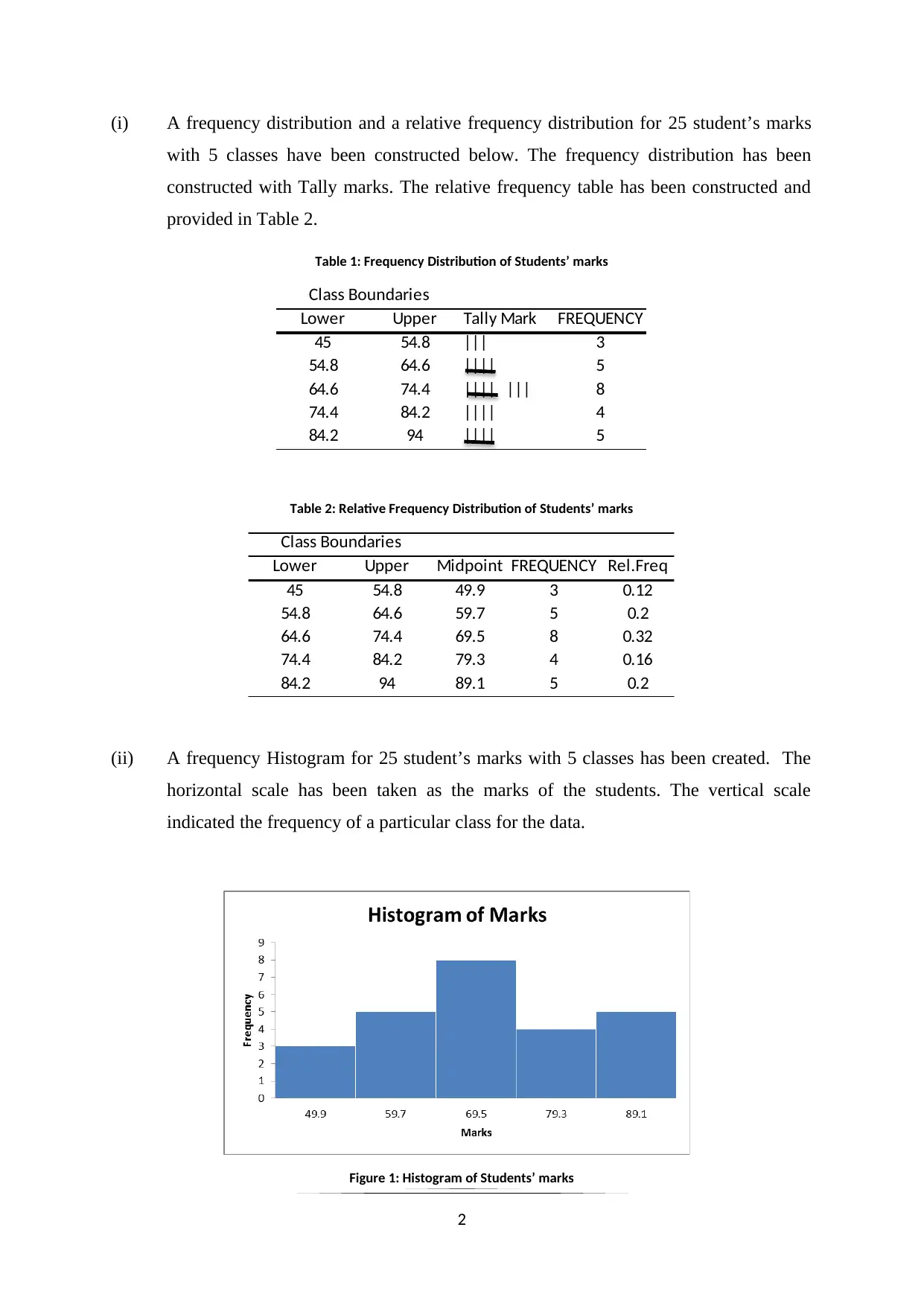
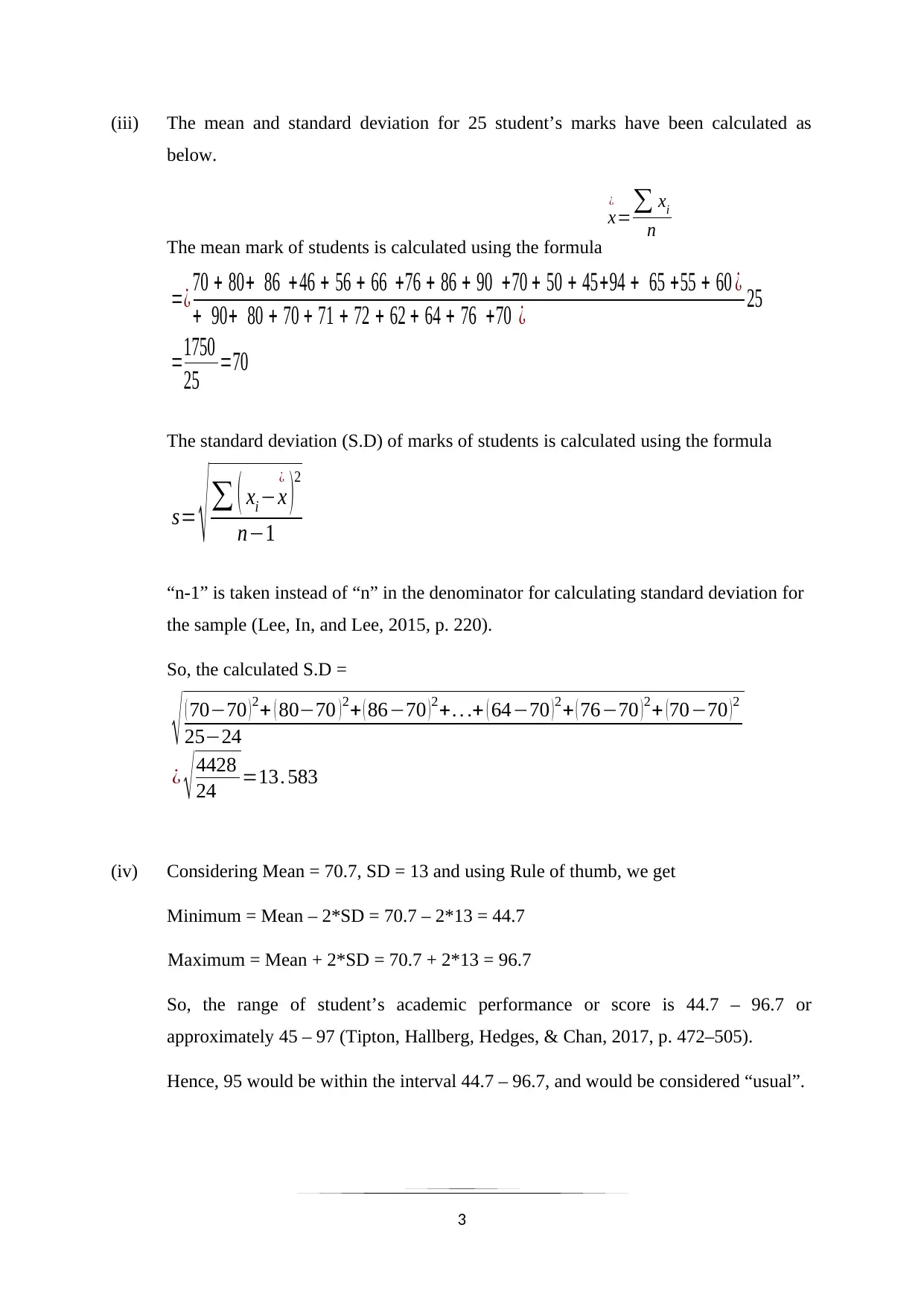

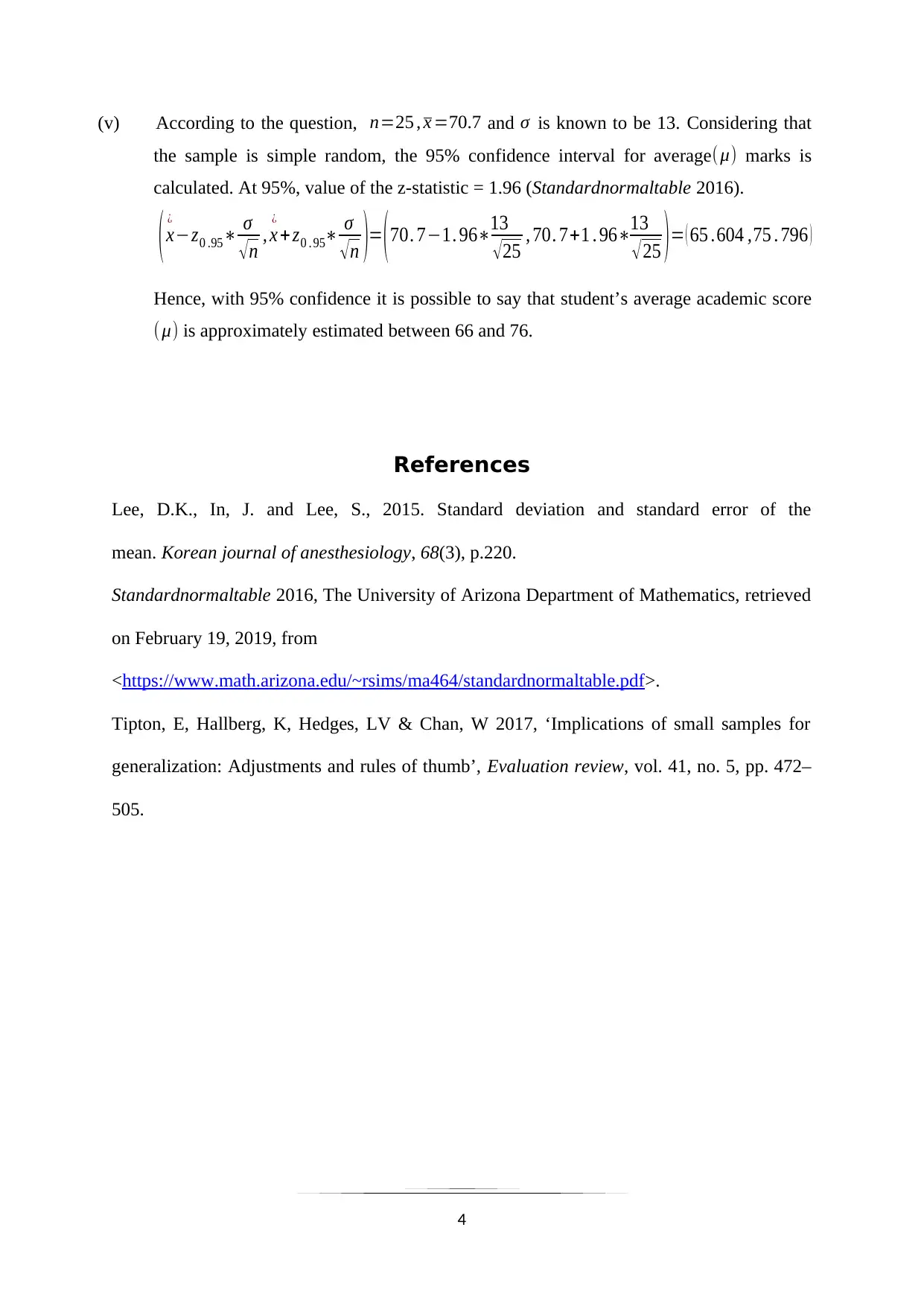
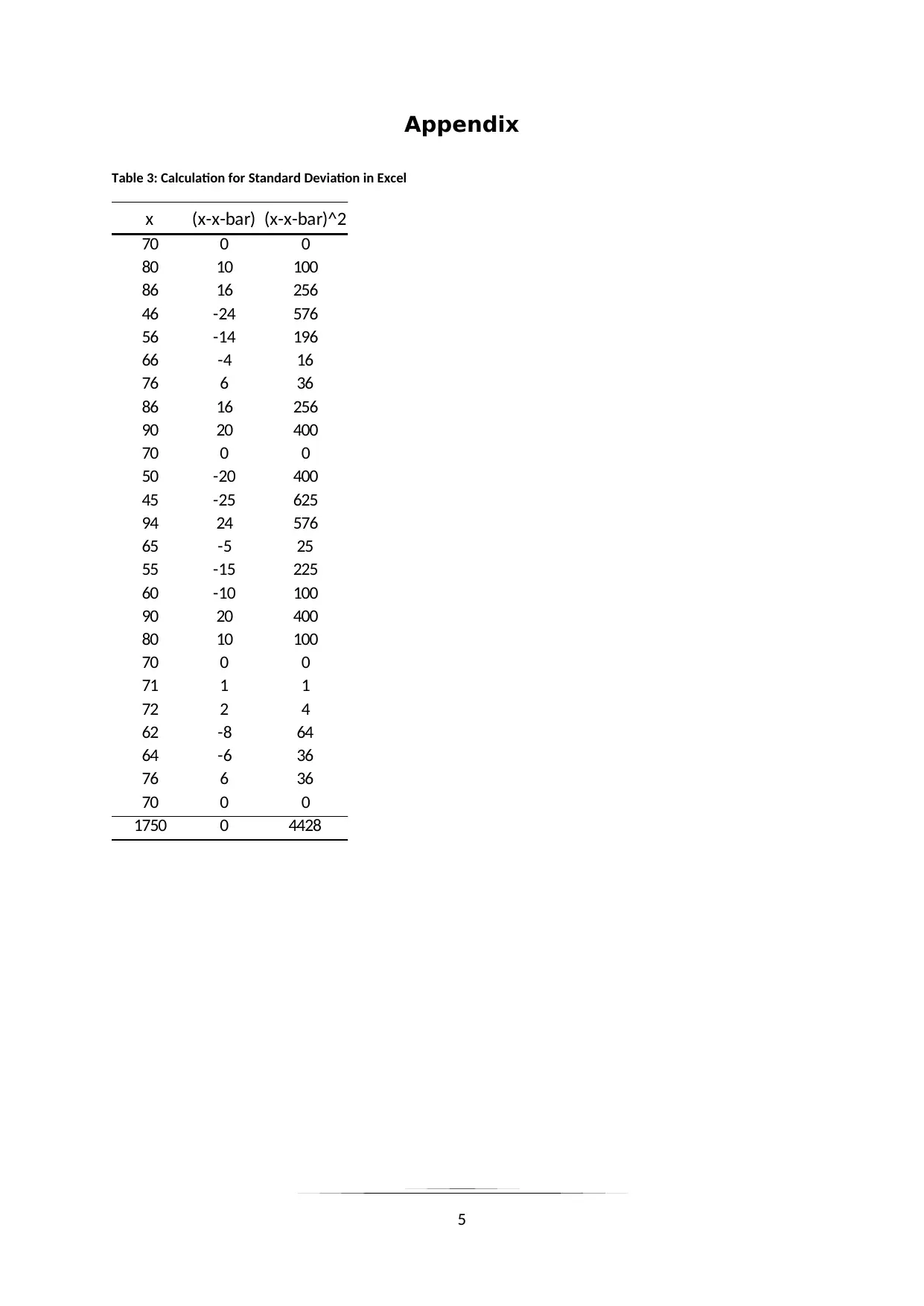



![[object Object]](/_next/static/media/star-bottom.7253800d.svg)